- The automotive industry faces a pivotal moment reminiscent of the Quartz Crisis in watchmaking.
- The rise of EVs is forcing legacy carmakers to adapt or risk obsolescence.
- Luxury brands like Porsche are navigating a delicate balance between tradition and innovation.
As the old adage goes: “If it ain’t broke…” Well, you know the rest. But the reality is that the automotive sector was, until only recently, very much broken, producing countless vehicles that continued to pollute our atmosphere and exacerbate the climate crisis to irrevocable levels…
That’s according to the European Union, which adopted a law to make all new cars and vans sold in Europe zero-emission from 2035.
For over a century, internal combustion engines (ICE) were the gold standard in car production, getting faster and cheaper as production hit record levels to meet an insatiable demand for cars across the globe; their iconic V8 rumble, synonymous with power, prestige, and progress.
The Automotive Industry’s Quartz Crisis Moment
But now, the tide has shifted; the automotive industry has seen sweeping changes in recent decades, with governments imposing strict emissions quotas and green initiatives that have forced traditional automakers to either adapt or die.
It’s drawn parallels with the Quartz Crisis in the 1970s: a period of immense upheaval for a traditional industry steeped in heritage and craftsmanship. During this time, Swiss luxury watchmakers, long revered for their mechanical timepieces and complex automatic movements, were blindsided by the advent of quartz technology pioneered by rival Japanese brands like Seiko.
The first quartz wristwatch was the Seiko Astron 35SQ, debuting in 1969. It was accurate, affordable, and mass-produced – qualities that traditional Maisons said were killing the industry, as they struggled to compete with increased output and reach of the new player in the horological game… sound familiar?
By the mid-1970s, quartz watches dominated the market and Swiss brands like OMEGA and Longines had to adopt new materials and practices to continue to innovate and lead the market – even Rolex started to produce quartz-powered timepieces like the Rolex Oysterquartz, launched in 1977.
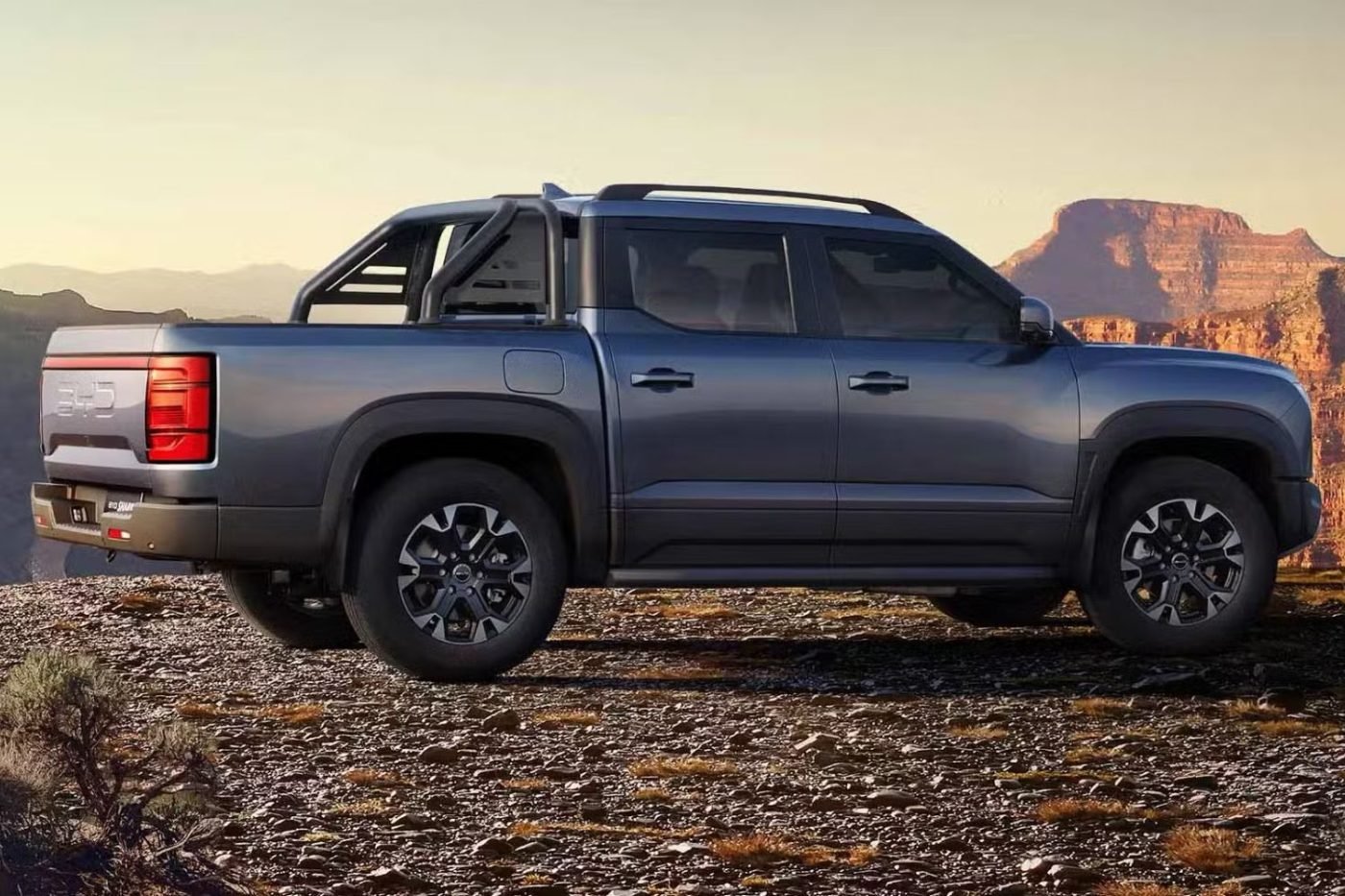
The Rise and Resilience of EV Innovators
Just as quartz technology brought efficiency and accessibility to the watch world, EVs are bringing sustainability and advanced technology to the forefront of the automotive industry. Misinformation has been rife about the cost and safety of electric vehicles on Australian roads.
Related Stories
Are EVs too expensive? They’re on par with new ICE vehicles leaving the factories in 2025. The batteries don’t last? They absolutely do. Polestar and other brands are proving that the long-term degradation of EV batteries is far less severe than initially feared.
Even when EV batteries are no longer suitable for cars, they retain significant utility for other applications, such as grid energy storage or home power systems (or they can be recycled and used again). Similarly, companies like Tesla and the Chinese-made BYD have proven that electric vehicles are more than capable of matching their ICE counterparts in speed, efficiency, and environmental impact.
BYD hasn’t been in the Australian market for long, but has already started to make considerable inroads into the burgeoning EV space with good-looking and adorable cars. Take the BYD Shark 6; launched only a month ago, it’s Australia’s first plug-in hybrid ute and has already registered 4,000 sales ahead of its official January 2025 launch.
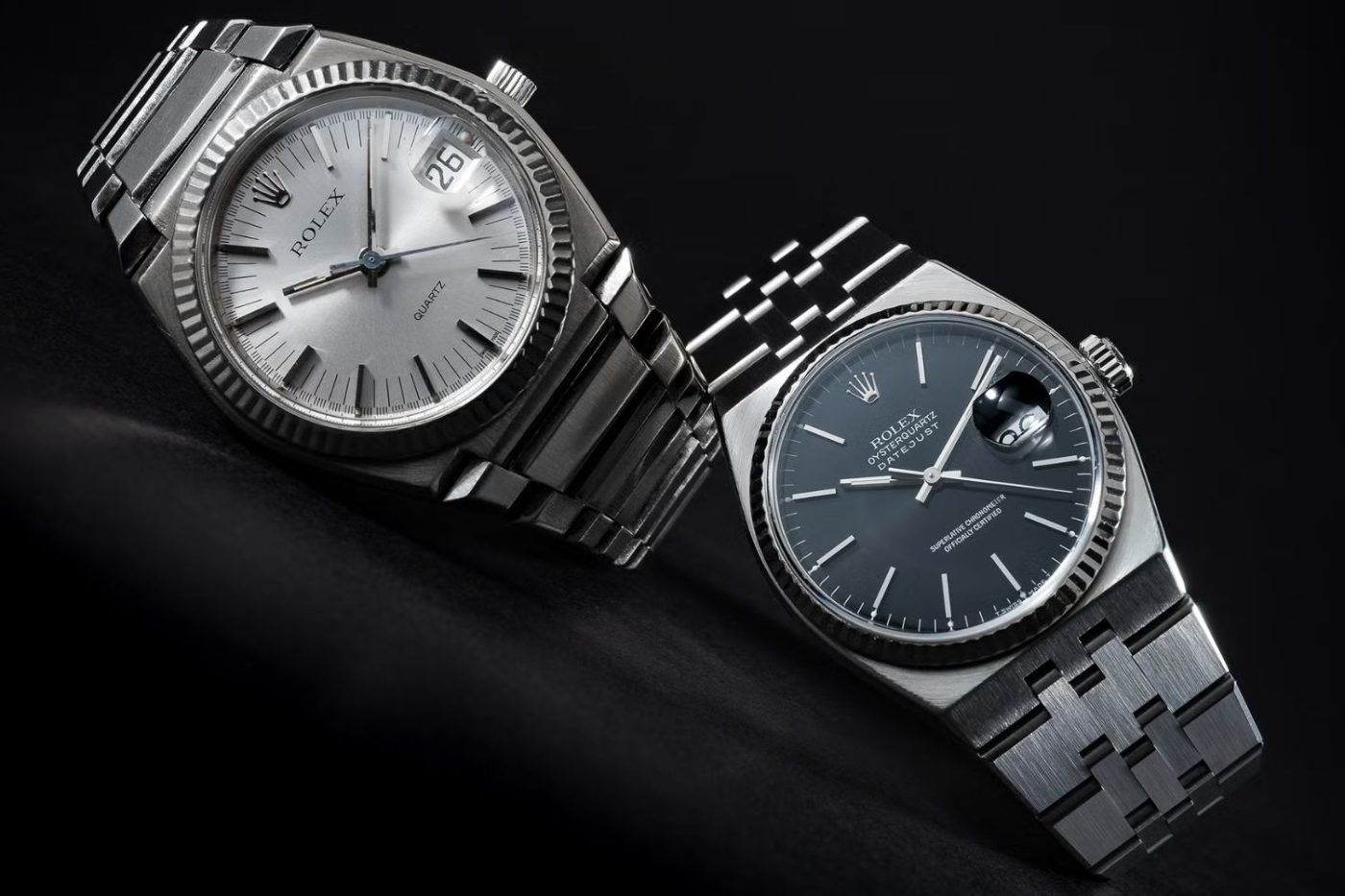
China’s Early EV Advantage
China has certainly emerged as a powerhouse in the global EV revolution, capitalising on an early headstart on its Western competitors through heavy investments in research, development, and manufacturing.
With a largely captive market of over 1.4 billion people and a growing middle class eager for affordable and sustainable vehicles, China provided the perfect ecosystem for EV innovation to flourish; companies like BYD have started to redefine the automotive landscape and it’s led to the old car brands to sit up and take notice.
Much like the revered Swiss watch brands of old, legacy carmakers are scrambling to catch up to the transient automotive landscape; BMW, Mercedes-Benz, and Porsche have all made significant strides with their electric offerings.
Why Legacy Brands Are Reluctant to Let Go of Tradition
Yet just as traditional Swiss manufactures initially resisted quartz technology, many automakers are reluctant to let go of ICE vehicles. The industry is deeply rooted in ICE technology, with legacy brands like Volkswagen, BMW, and Mercedes-Benz having spent decades perfecting their internal combustion engines, investing not only time, but inordinate sums to improve their cars and their components.
Throwing away these investments in R&D, factories, and supply chains would be a monumental loss; automakers are hesitant to commit fully without certainty about market demand or future policies.
The problem here is that the EU hasn’t specifically cited the emissions coming out of the car’s tailpipe as the issue to address. It’s encouraged luxury brands like Porsche to pump significant investment into an alternative, renewable energy source for their most iconic releases, allowing the petrolhead purists to still have a gas-guzzling mid-engine sports car in their driveway, and still meet the stringent climate targets.
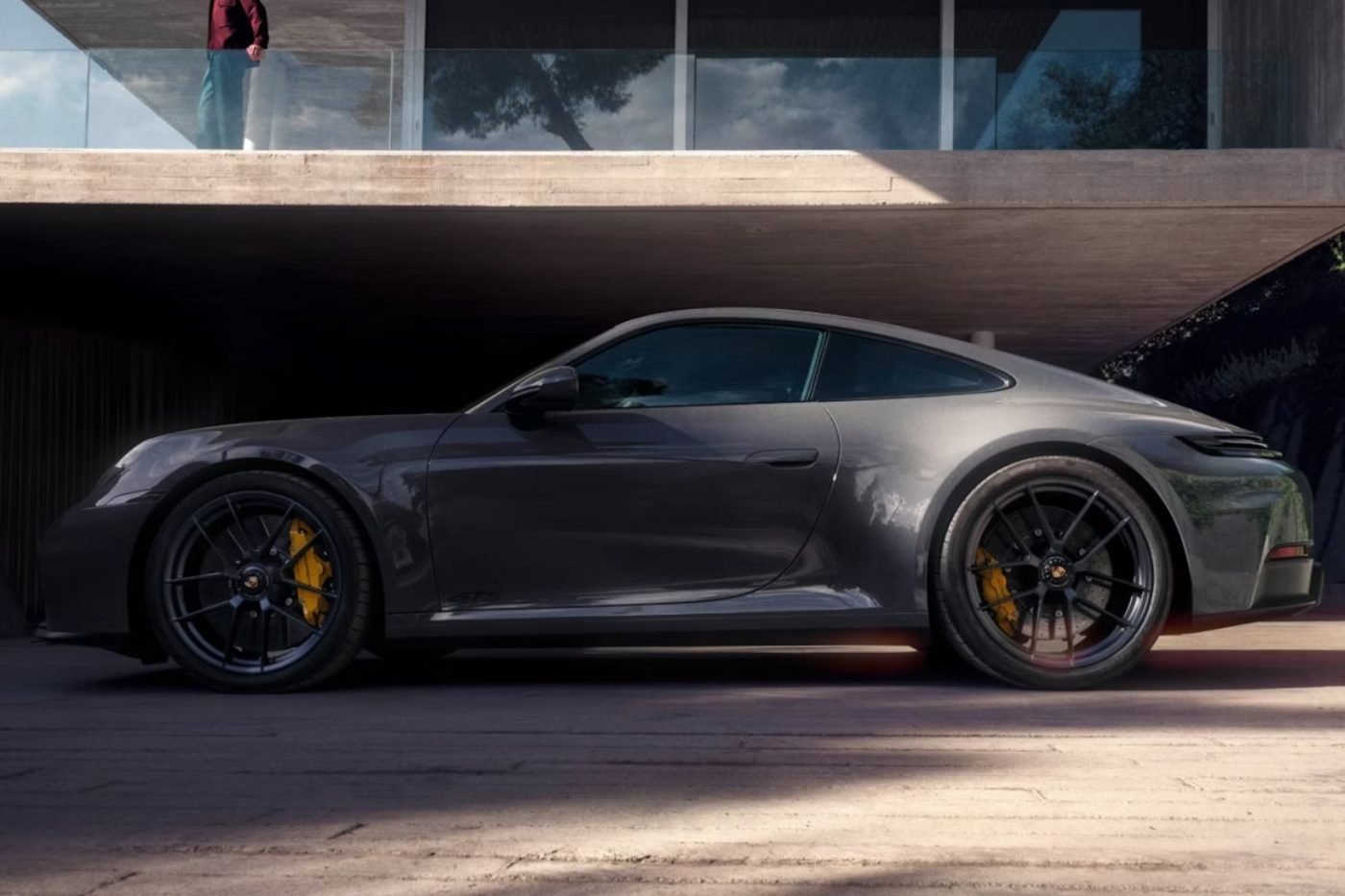
Lessons from Watchmaking
Where the Quartz Crisis of the last century posed something of a bipartisan issue for the world of haute horlogerie and watch enthusiasts, the contemporary issue of the climate crisis sees a much more polarising divide in the automotive world.
On one side, there are those championing a full transition to electric vehicles, viewing EVs as the only viable solution to curb emissions and combat climate change. On the other side are traditionalists and enthusiasts, particularly in the luxury and performance segments, who are pushing back against the idea of abandoning the visceral experience of internal combustion engines.
Luxury brands like Porsche, are wary of going fully electric because they’re not convinced that all consumers are ready to abandon ICE vehicles, indicative of the industry’s broader strategy.
The Porsche Macan, for example, is transitioning to full EV because it aligns with the typical Macan driver’s expectations – someone looking for a premium SUV with cutting-edge technology and eco-conscious credentials.
But forcing long-time Porsche purists to give up their high-performance engines (e.g., Porsche’s iconic flat-six or V8 engines) could alienate the brand’s core audience. Many 911 owners, for instance, will likely balk at a fully electric version… even if it did come with the necessary sound effects.
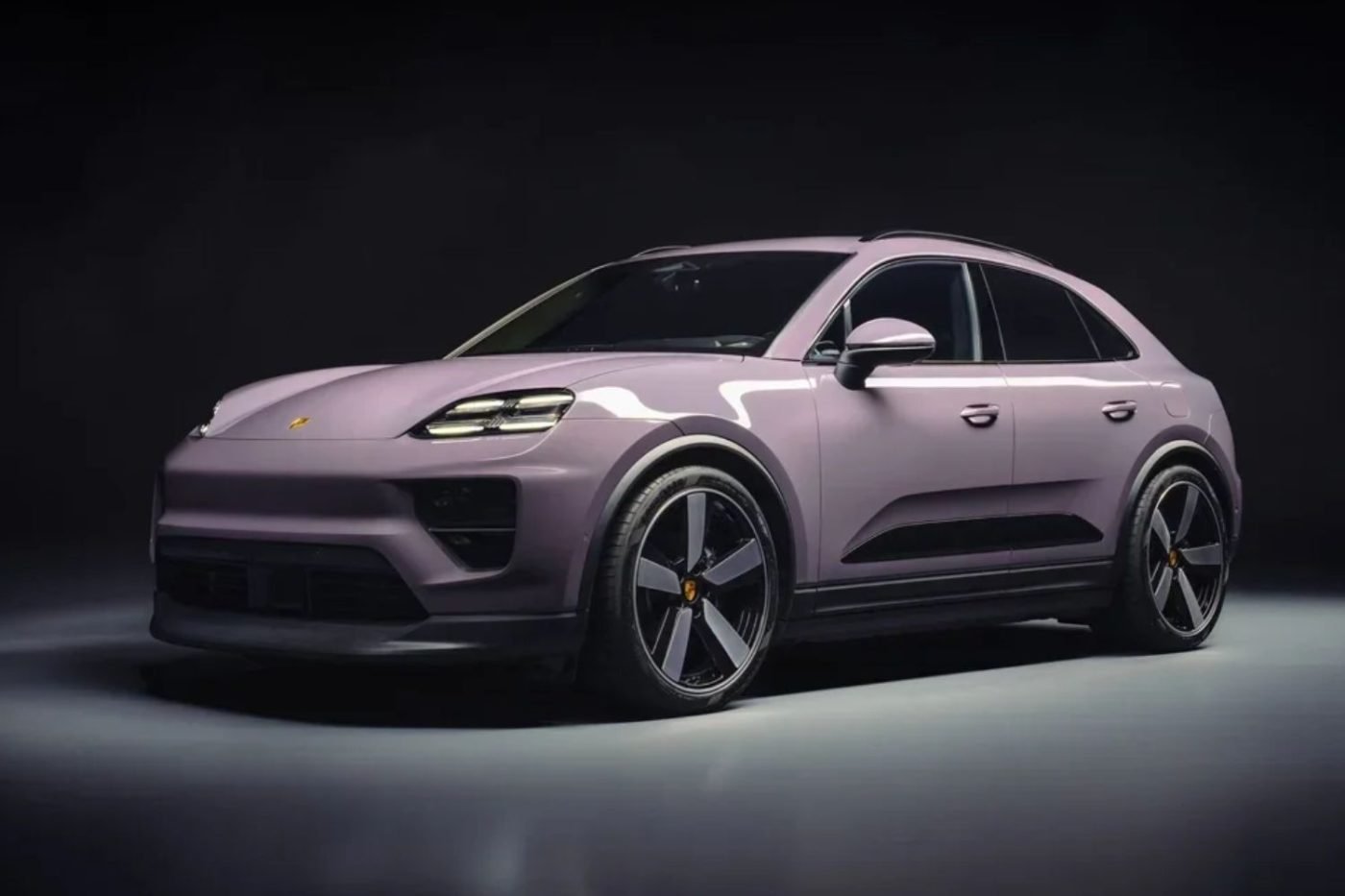
E-Fuels: A Bridge Between Past and Future
Porsche’s investment in e-fuels is a prime example of this divide; synthetic fuels, produced using renewable energy and promise to offer a carbon-neutral way to keep ICE vehicles on the road without contributing to net greenhouse gas emissions.
It’ll inevitably lead to a seismic shift in the way we see luxury vehicles. SUVs, for example, are never the enthusiasts’ choice – they’re typically bought for practicality or because of the badge on the front. As SUVs transition to EVs, they’re likely to become some of the most expensive options available, packed with advanced technology and innovation to meet consumer demand for cutting-edge features.
Sports cars, on the other hand, will see the opposite effect: Everyday electric vehicles may dominate the lower end of the price spectrum, offering efficient, no-frills city-runners without the bells and whistles traditionally associated with luxury brands.
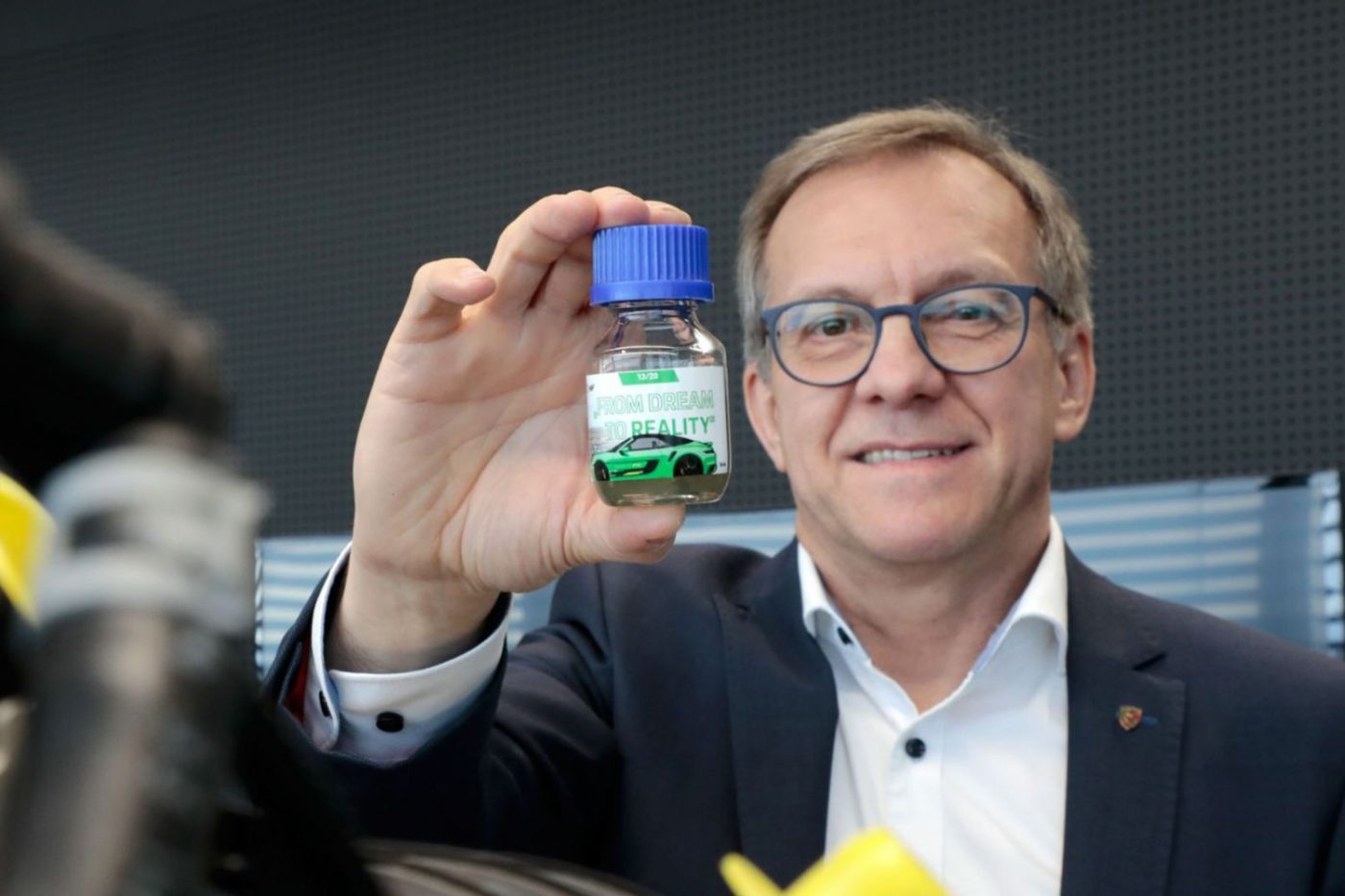
Technology Meets Sustainability
It’s only when you start to look at the traditional combustion engines that you’ll notice this increase in cost, meaning the driver will likely have to spend for the luxury of driving a sports car; E-fuels offer a cost-effective way for Porsche to retain this customer without jeapordising the climate targets of the brand.
In the quartz crisis, lightweight and low-cost components like plastic allowed for cheaper and more efficient watchmaking. Swatch were the pioneers of this space and has since transitioned to Bioceramic, an innovative material that has carved out its own space in today’s horological market.
Similarly, the automotive sector is embracing new materials, such as lightweight aluminium for EV frames and solid-state batteries that promise better energy efficiency and safety than traditional lithium-ion counterparts.
In the 1970s, the Japanese watch industry leaned on mass production and automation to meet the increasing demands for their pieces, disrupting the handcrafted traditions of Swiss watchmakers.
Today, EV manufacturers are similarly transforming car production, with companies like Tesla and BYD pioneering Gigafactories that integrate battery and vehicle production under one roof. Rivian, too, has focused on streamlined production processes to scale their electric trucks and SUVs efficiently.
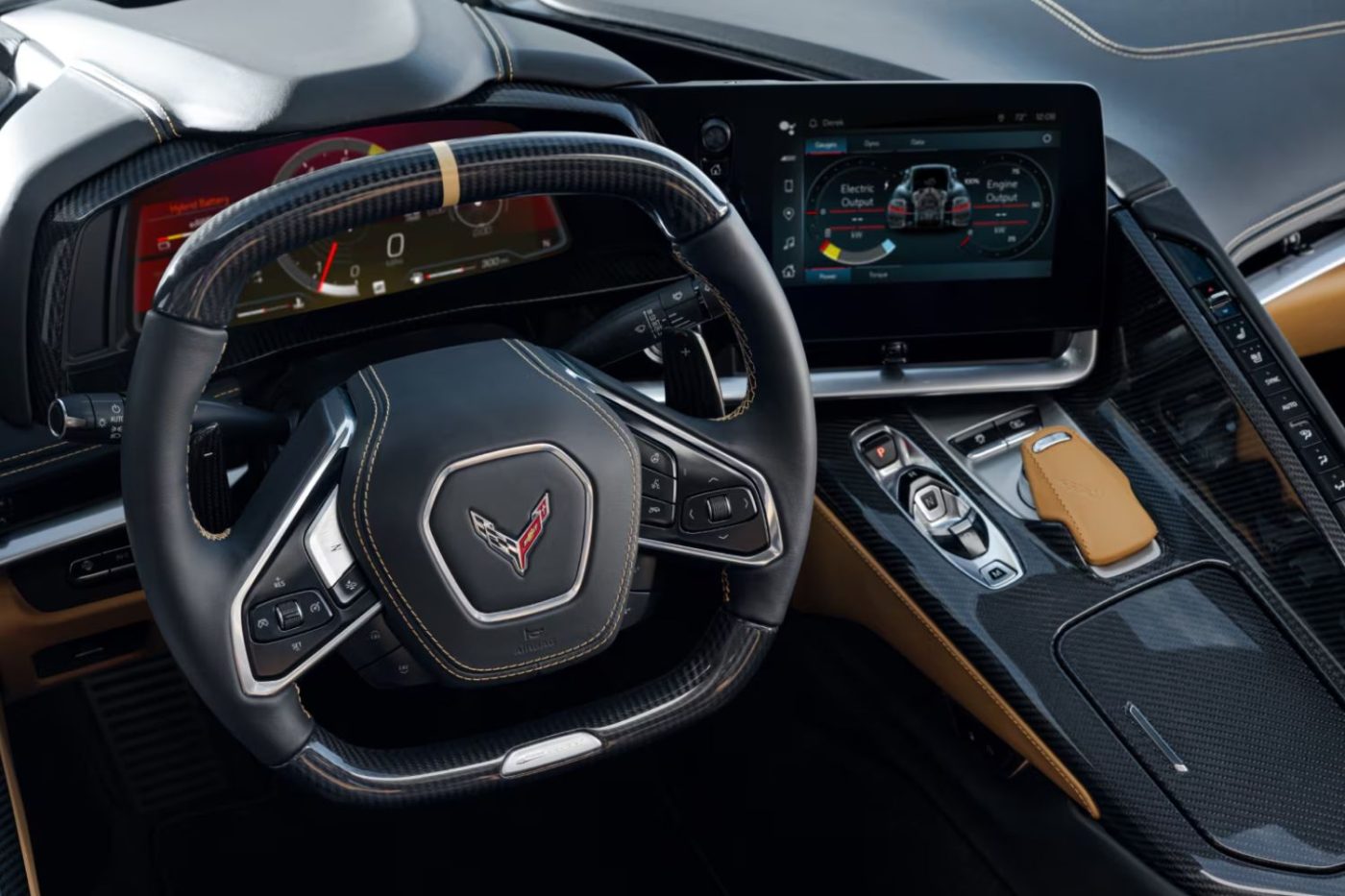
Of course, not all traditions are left behind. Just as the Swiss eventually found a way to coexist with quartz by embracing their luxury identity with the resurgence of mechanical icons like the OMEGA Speedmaster and Rolex Daytona, automotive stalwarts are leaning into their heritage.
Brands like Ferrari and Corvette have unveiled hybrid models that marry electrification with the visceral experience of their roaring engines, bridging the gap between past and future to work within the guidelines set.
Perhaps the greatest parallel, however, lies in the consumer. Both revolutions marked a shift in what people value. The quartz crisis taught us that convenience and accuracy could outweigh tradition, while the EV revolution has revealed a growing consumer desire for sustainability and cutting-edge tech. In both cases, the message was clear: evolve or be left behind.
The Future of Mobility: EVs, E-Fuels, or Driverless Cars?
The watch industry, ultimately, survived the quartz crisis by adapting. Traditional luxury brands doubled down on their craftsmanship, producing veritable works of art with intricate movements, precious metals and exquisite pieces. Some embraced quartz technology themselves.
The automotive industry is in the midst of its own reckoning. Legacy carmakers will find their place in this new era, innovating in a future that is still being written.
Whether it’s e-fuels, fully electric hypercars, or cars that drive themselves, one thing is certain – change is coming. Will the world’s most iconic brands steer themselves into this new era, or will they simply be left behind in the rearview mirror?
